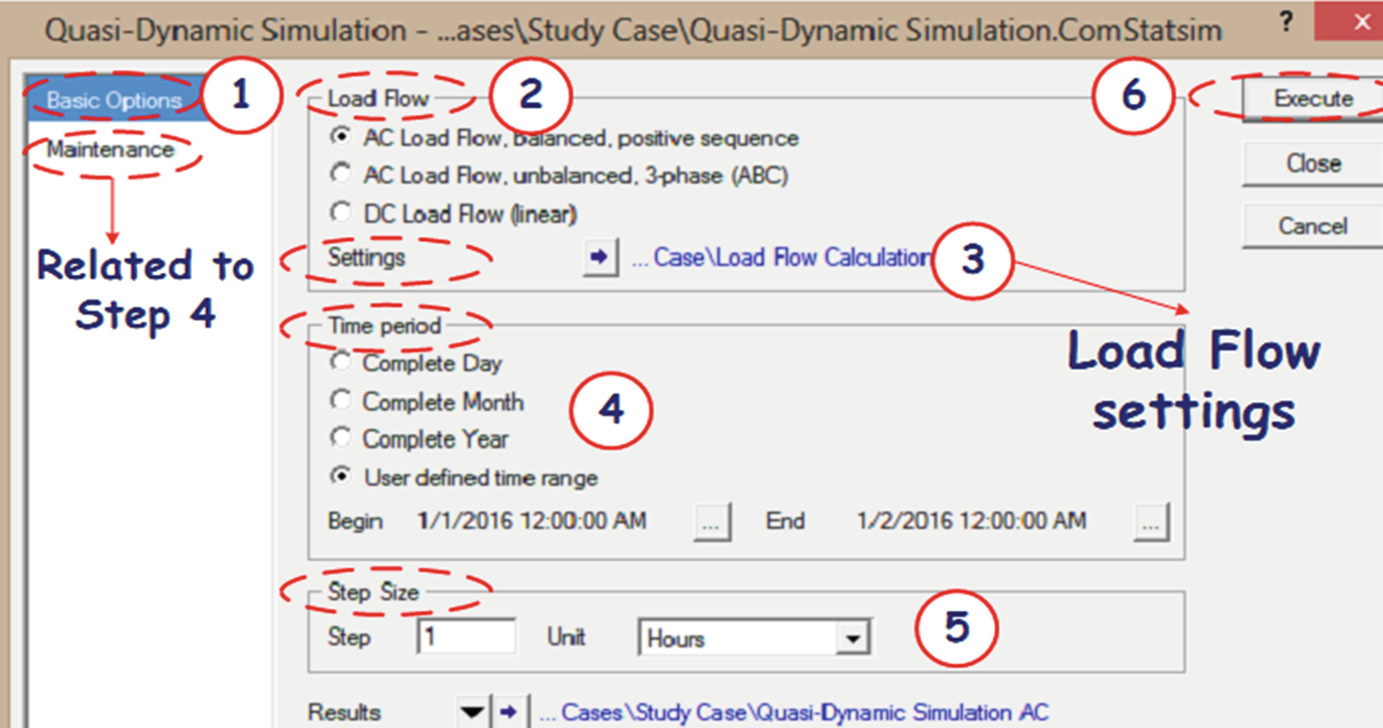

Even if a helicopter or plane is capable of being retrofitted with guided munitions, the pilot and/or gunner may not be able to make use of its guidance mode if the aircraft itself lacks the necessary sensors to do so.For specifics regarding what each pylon is limited to carrying as well as what positions they are located at, refer to the Design section of each aircraft's article.A CSAT To-199 for instance, cannot be armed with Macer II AGMs used by NATO Black Wasps, nor can it carry the BL778 cluster bomb used by AAF Gryphons. On the other hand, aircraft that use an internal weapons bay like the stealth variant of the To-201, will be limited to carrying few (if any) air-to-ground munitions.Īircraft exclusive to one faction are also unable to mount ordnance used by other factions. Not all aircraft are able to support every single type of ordnance.Ī ground attack jet such as the A-164 Wipeout for example, will only be able to mount air-to-ground bombs and anti-tank missiles onto its pylons with air-to-air weaponry being mostly restricted to Falchion-22 short-range infrared guided missiles. While old vehicles and weapon systems have retained the same names, some new vehicles and weapon systems have been added, and functionality has been changed with the new sensors system.ĭiagram of the available pylons with adjustable loadouts for an A-164 Wipeout These range from Combat Air Patrol (CAP) loadouts for air-to-air combat, Anti-Tank (AT) for tackling Main Battle Tanks and other heavy armour, Multi-Role (MR) that combines a balanced mix of air and ground ordnance, and so on. Many aircraft already have pre-configured loadouts that the mission maker can choose from by default.

This feature allows for aircraft to be customised with weapon loadouts provided that they have the necessary pylons and hardpoints to do so. NATO Black Wasp launching a GBU SDB glide bomb equipped via the Dynamic Loadouts system.


 0 kommentar(er)
0 kommentar(er)
